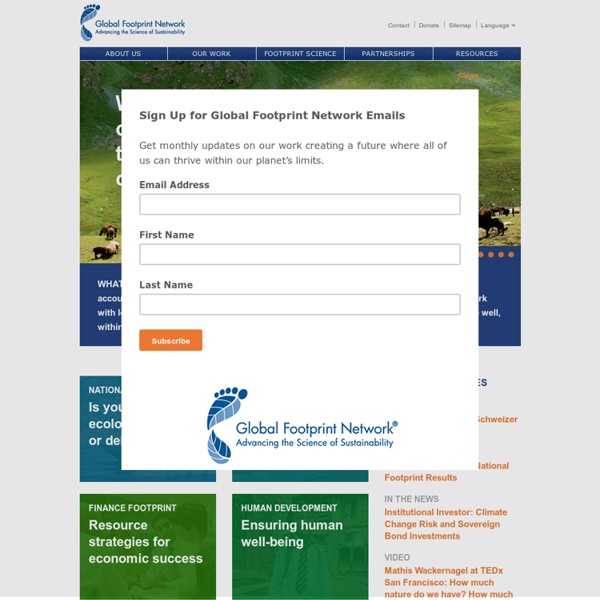Tandem silicon-perovskite solar cells could provide solar power on the cheap
By combining silicon solar cells with their cheap and efficient perovskite-based counterparts, researchers at Stanford and MIT are creating a new type of "tandem cell" that could reach efficiencies up to 35 percent. Out of all the solar cell technologies discovered so far, perovskite certainly takes the cake as the fastest-growing and one of the most promising for the future. In just a few years of development, perovskite-based cells have gone from efficiencies in the low single digits to a respectable 20 percent. The more traditional silicon based single-junction cells are still in the lead on the efficiency front, but progress has slowed to a crawl as their output approaches the theoretical maximum.
The Earth Bank: A Living Building System
Vertical gardening is a fun, creative way to grow plants in urban spaces! Below is just a sample of what you can create with ready-to-go planters and kits. The first few images are of GroVert Vertical Gardening Systems by Bright Green. There are two different sized panels (10 and 45), and each are planted, then hung on the wall using their included mounting bracket. The last images are of living walls made from felt pockets. These ‘pockets’ are very easy to install and plant.
Footprint for Finance
The international debt crisis that has roiled world markets in recent years has challenged long-held assumptions of how to best measure a country’s wealth and gage its economic stability. Monitoring social and economic variables alone, a growing number of investors now understand, is no longer enough to understand nations’ competitiveness. In a resource-constrained world, a critical component of economic success will be through careful biocapacity management.
The EcoTipping Points Project
Long famous for its cathedral, university, and cuckoo clocks, Freiburg is now also famous as a “Green City.” It excels in the areas of transportation, energy, waste management, and land conservation, and has created a green economy that perpetuates even more environmental progress. Photo: Courtesy Freiburg Wirtschaft Touristik u.
COTAP's Carbon Footprint Calculator: Quick, Thorough, & Accurate.
Offsetting your carbon footprint with COTAP creates income for the world’s poorest people while also counteracting your unavoidable contribution to climate change. Where Your Money Goes Your tonnes will be evenly allocated to our projects and you will receive a detailed offset acknowledgement like this one. Your tonnes will be included in our public carbon credit retirements on the Markit Environmental Registry like this.
Precautionary List Home Page
What is this about? It is our belief that products that are harmful to humans, animals, and the environment should not be used in our projects, and to that end, we seek to inform our clients of available alternatives so as to permit them to make informed decisions. The substances listed all have been classified by multiple regulatory entities as being detrimental to the health of humans and the environment.
Footprint for Cities
Why track resource consumption and natural capital? Local governments succeed by helping all their residents live fulfilling lives, both today and in the future. The availability of natural capital, nature’s ability to renew and provide resources and services, is not the only ingredient in this vision. However, without natural capital – healthy food, energy for mobility and heat, fibre for paper, clothing and shelter, fresh air and clean water – such a vision is impossible.
Exxon: The Road Not Travelled - Inside Cllimate News
In 1981, 12-year-old Laura Shaw won her seventh-grade science fair at the Solomon Schechter Day School in Cranford, N.J. with a project on the greenhouse effect. For her experiment, Laura used two souvenir miniatures of the Washington Monument, each with a thermometer attached to one side. She placed them in glass bowls and covered one with plastic wrap – her model of how a blanket of carbon dioxide traps the reflected heat of the sun and warms the Earth.
Ecological footprint of European countries — European Environment Agency
Key messages The total ecological footprint for the EU-28 countries increased rapidly during the 1960s and 70s, and has remained relatively constant since the 1980s. The region’s total biocapacity, however, has changed very little since 1961. The picture is similar for the EEA-33 countries. The pan-European ecological footprint has been increasing almost constantly since 1961, while biocapacity(1) has decreased.



